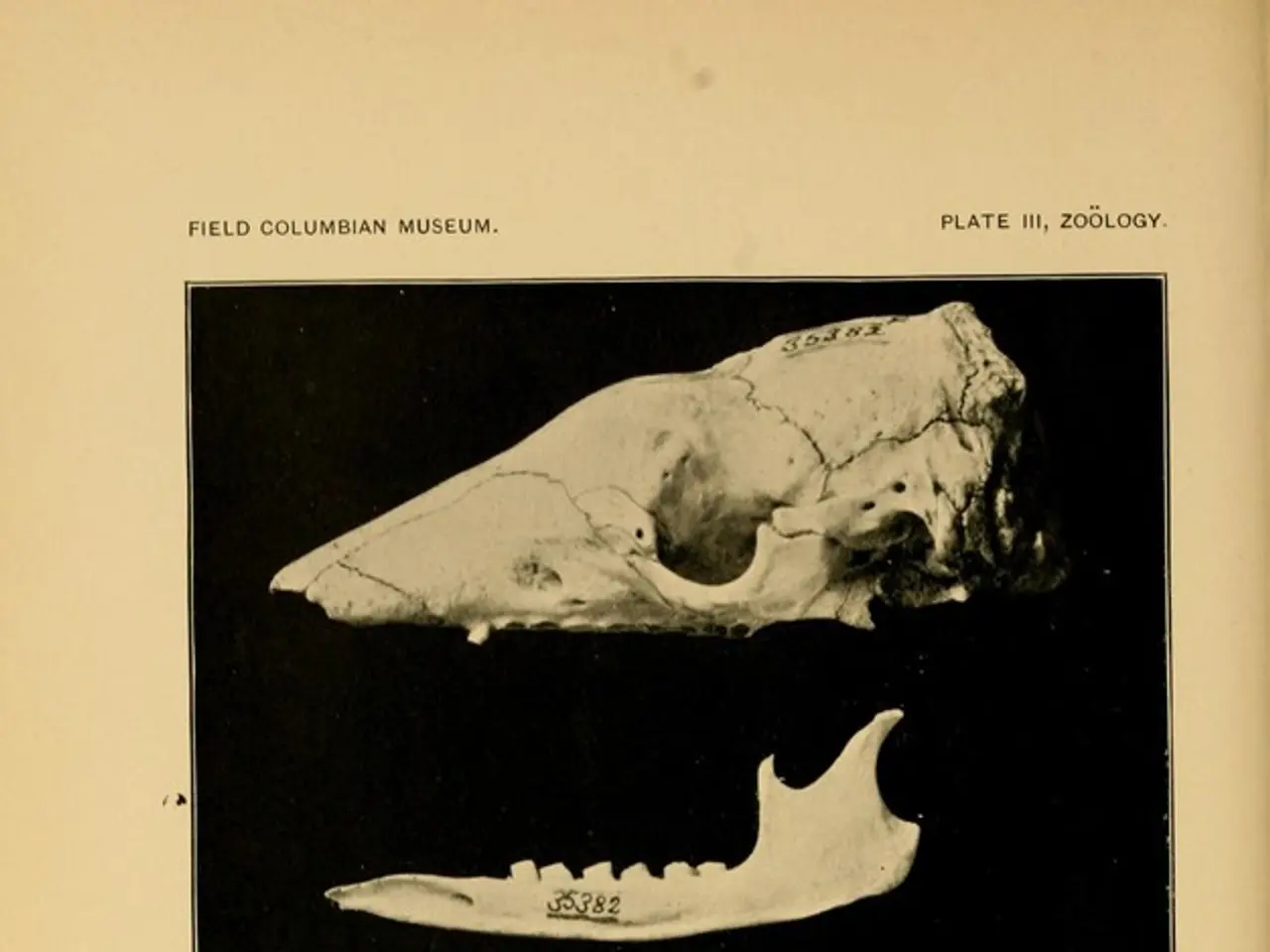Cricothyrotomy: A Vital Emergency Airway Management Procedure
In emergency airway management, a cricothyrotomy is a crucial procedure. It involves piercing the cricothyroid ligament and membrane, located between the thyroid and cricoid cartilages of the larynx. This action creates an opening for oxygen to reach the lungs, preventing suffocation.
The cricothyroid ligament, connecting the thyroid and cricoid cartilages, plays a vital role in this process. It's composed of elastic fibers, known as conus elasticus, which cover the vocal ligaments and cricoid cartilage. These elastic fibers allow for articulation in the larynx, facilitated by synovial joints.
First performed by Chevalier Jackson in the early 20th century, a cricothyrotomy is preferred over a tracheotomy due to its ease of execution. It can be performed by medical personnel without surgical skills, making it a lifesaving option in critical situations. However, caution is necessary to avoid puncturing the cricothyroid artery, located in the middle of the ligament.
The cricothyroid ligament and membrane are integral to the cricothyrotomy procedure, a vital skill in emergency airway management. Understanding their structure and function is essential for medical professionals to perform this life-saving intervention effectively and safely.







